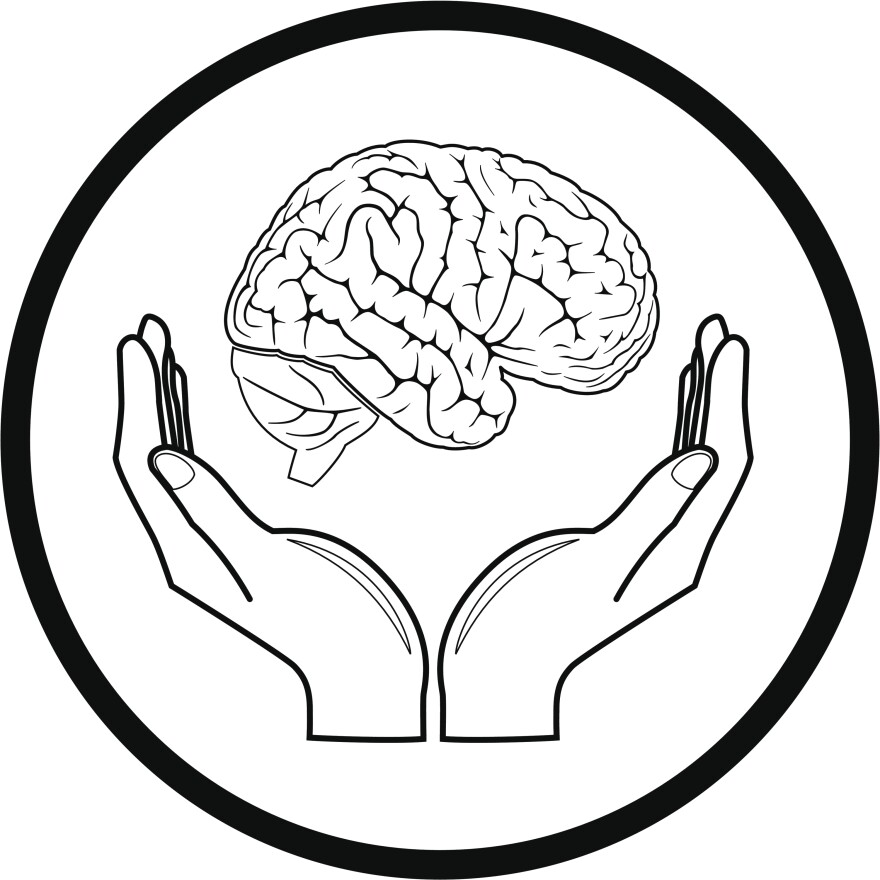Suicide rates in Native communities often far exceed those of other demographics – especially among youth.
Thesuicide rate for American Indian and Alaska Natives ages 18 to 24 was about 22 deaths per 100,000 people from 2009 to 2013. That’s nearly double the overall rate for the age group across all ethnicities.
Now, two tribes on the Kenai Peninsula are developing programs to prevent suicide in Native youth.
Ivan Encelewski is the Executive Director of the Ninilchik Traditional Council. He says addressing the stigma associated with mental health issues is the first step.
“People don’t necessarily want to talk about it too much, but you really have to tackle it head on, otherwise it’s not going to go away,” said Encelewski.
Ninilchik Traditional Council is one of two tribes on the Kenai Peninsula awarded a $1 million grant from the Substance Abuse and Mental Health Services Administration.
The funding comes from the agency’s Native Connections program, which works to reduce substance abuse and suicide among Native youth. The program awarded 70 grants to tribal organizations across the U.S. last year.
Encelewski says the funding will support ongoing tribal programs, including camps and youth-elder outreach.
“It’s not just about having things to do, it’s having the right things to do,” said Encelewski.
Just north of Ninilchik in Kenai is another grant recipient – the Kenaitze Indian Tribe. Julie Dravis is the tribe’s behavioral health director.
She says young people are often most vulnerable to suicide when they feel isolated. The tribe is hoping to develop programs that address this isolation directly.
“‘Yinihugheltani’ is the word that we’ve chosen, a Dena'ina word, to guide our project. That word means one spirit or respect for oneself. [We're] seeking to strengthen that respect for youth and help them not be isolated, not feel separated from the community and know that they’re valued,” said Dravis.
Dravis says the tribe plans to develop a coordinated community-wide approach to suicide prevention and crisis response.
“We hope it will become a long-term and sustainable part of our community that keeps youth connected to themselves and one another,” said Dravis.
Both tribes are in the first year of a five-year grant program.
Editor's note: an earlier version of this story incorrectly reported the number of SAMHSA Native Connections Grants awarded in 2016. There were 70 grants awarded in Sept. 2016.


